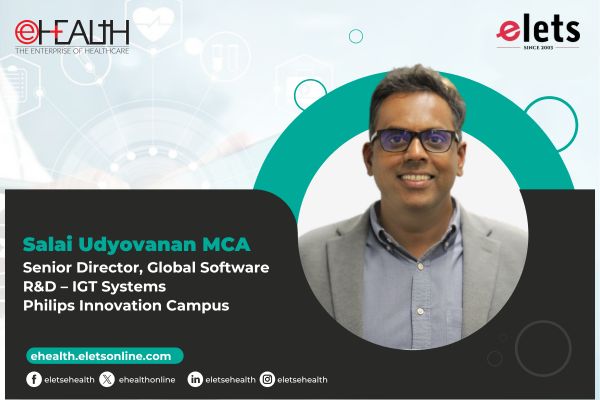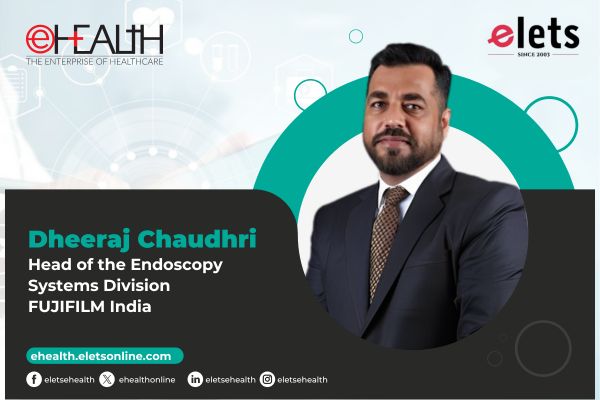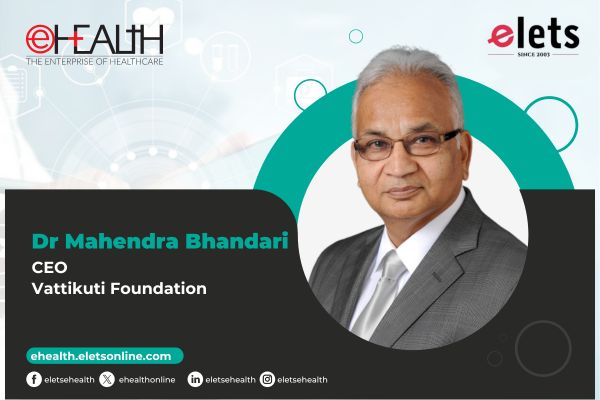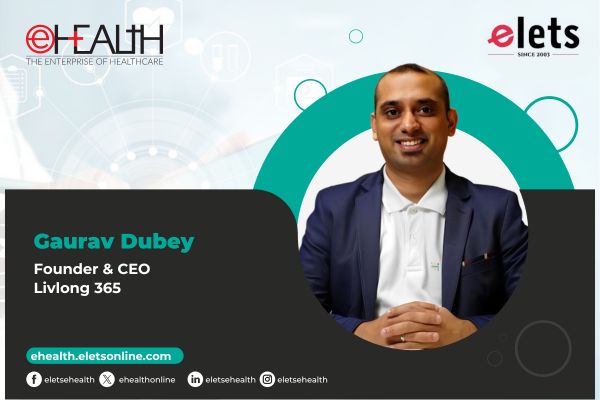
 A renowned name in radiology with specialization in neuro-imaging , Dr Rakesh K Gupta, Director and Head, Department of Radiology, Fortis Memorial Research Institute elaborates on the upcoming trends in radiology in background of the much awaited India Radiology and Imaging Association of India (IRIA) 2014 annual conference to be held in Agra this year.
A renowned name in radiology with specialization in neuro-imaging , Dr Rakesh K Gupta, Director and Head, Department of Radiology, Fortis Memorial Research Institute elaborates on the upcoming trends in radiology in background of the much awaited India Radiology and Imaging Association of India (IRIA) 2014 annual conference to be held in Agra this year.
What are the recent trends in neuro-imaging in India?
Neuro-imaging is routinely practiced all over the country. As evidence to this trend, we can say is by large and growing numbers of MRI centers and facilities with 1.5 T and above. These are today available not only in metro towns but also in B cities. Recently, we have also observed the arrival of more advanced techniques like MR spectroscopy, diffusion and diffusion tensor imaging, perfusion imaging and functional imaging that are now being routinely practiced in most centres with MRI available with greater than or equal to 1.5 T

We are awaiting the arrival of ultra short TE technique which is likely to re write neuro-imaging”

What are the latest imaging technology available for neuroimaging and its advantages?
Neuro-Imaging is an fast evolving specialization. Newer techniques like diffusion tensor imaging, fMRI, MR spectroscopy, perfusion MRI have made the difference in the management of stroke, tumour localisation and grading, defining micro-structural changes not visible on conventional MRI in a variety of neurological disorders. These are a definite boon for the medical fraternity.

What are the key ailments/ disease conditions in which neuro-imaging can play a critical role in diagnosis and treatment?
Today most of the ailments need neuro- imaging to exclude or diagnose the neurological disorders. Hence it has become essential for management of neurological disorders. It has come as a specialisation need in radiology.

What is the most exciting feature of radiology that you are awaiting to arrive in India?
We are awaiting the arrival of ultrashort TE technique which is likely to force us to re-write neuro-imaging. This is so as this technology offers an edge for its potential application Awaiting Arrival of Ultrashort TE Technique of bone imaging thus providing critical diagnostic information that can be life saving for the patient. In addition, techniques which are likely to complete the examination in four to five minutes is being developed, which will make it very efficient for diagnosis.
Also read: Radiology and Imaging Augmenting Patient Care
What are the medical education initiatives that can promote neuro-imaging knowledge, practice and expertise in India?
We already have Indian Society of Neuro-radiology in India which once in a year conducts meeting discussing the diagnostic and therapeutic aspect of this discipline. Another big initiative has been to give super-specialty degree (DM) in Neuro-radiology which is being given in some of the premier institutions of this country. In addition, a number of workshops, seminars and meeting are conducted throughout the country to teach Neuro-radiology to the budding radiologists. These efforts are thus creating a new generation of radiologists specialized in neuro-imaging in India. Dr Rakesh K Gupta
Be a part of Elets Collaborative Initiatives. Join Us for Upcoming Events and explore business opportunities. Like us on Facebook , connect with us on LinkedIn and follow us on Twitter , Instagram.
"Exciting news! Elets technomedia is now on WhatsApp Channels Subscribe today by clicking the link and stay updated with the latest insights!" Click here!
















